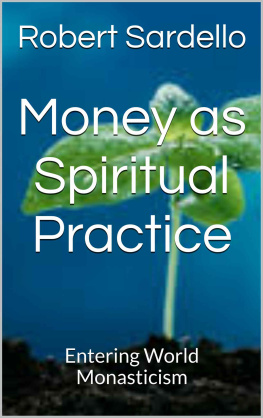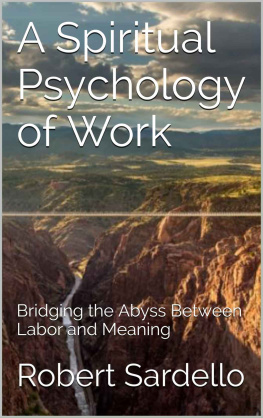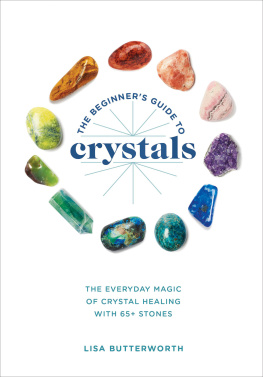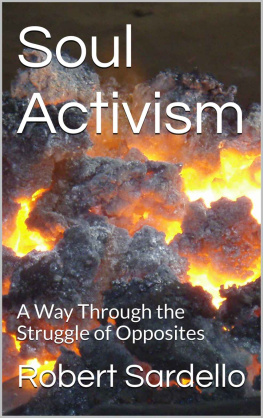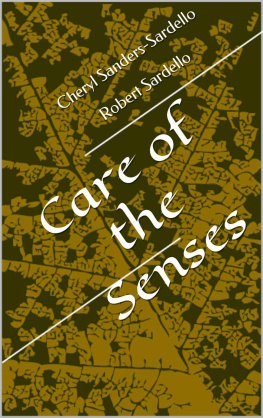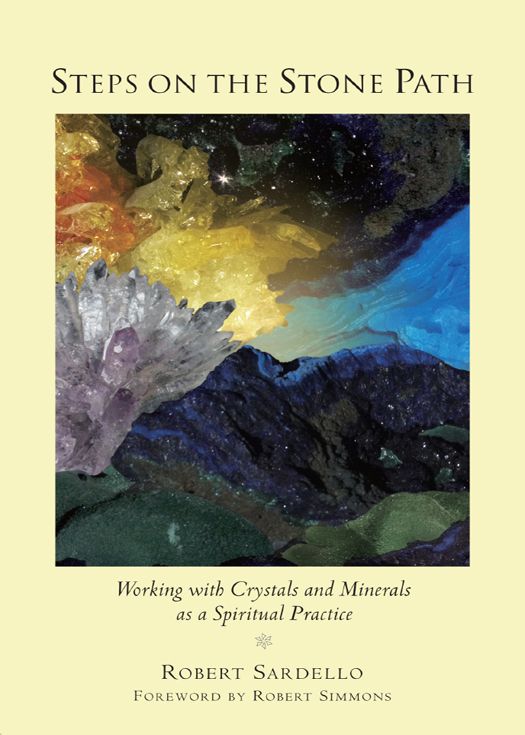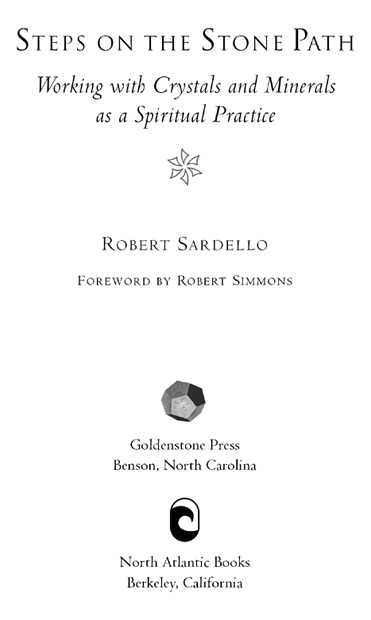Also by Robert Sardello
Facing the World with Soul
The Power of the Soul: Living the Twelve Virtues
Freeing the Soul from Fear
Love and the World: A Guide to Conscious Soul Practice
Love and the Soul: Creating a Future for Earth
Silence: The Mystery of Wholeness
Copyright 2010 by Robert Sardello. All rights reserved. No portion of this book, except for brief review, may be reproduced, stored in a retrieval system, or transmitted in any form or by any meanselectronic, mechanical, photocopying, recording, or otherwisewithout the written permission of the publisher. For information contact North Atlantic Books.
Published by Goldenstone Press and North Atlantic Books
P.O. Box 12327
Berkeley, California 94712
Cover art and cover design by Adam Chittenden
Steps on the Stone Path: Working with Crystals and Minerals as a Spiritual Practice is sponsored by the Society for the Study of Native Arts and Sciences, a nonprofit educational corporation whose goals are to develop an educational and cross-cultural perspective linking various scientific, social, and artistic fields; to nurture a holistic view of arts, sciences, humanities, and healing; and to publish and distribute literature on the relationship of mind, body, and nature.
North Atlantic Books publications are available through most bookstores. For further information, visit our website at www.northatlanticbooks.com or call 800-733-3000.
Library of Congress Cataloging-in-Publication Data
Sardello, Robert J., 1942
Steps on the stone path : working with crystals and minerals as a spiritual practice / Robert Sardello.
p. cm.
eISBN: 978-1-58394-416-5
1. CrystalsMiscellanea. 2. MineralsMiscellanea. 3. Spiritual life. I. Title.
BF1442.C78S37 2010
133.2548dc22
2009035219
v3.1
For Cheryl,
THE TRUE JEWEL OF THIS WORK

A CKNOWLEDGMENTS
This book is unusual, even among the many unusual books on crystals. Richard Grossinger, thank you for immediately seeing that the writing may be of spiritual importance and encouraging me to complete what got off to a rocky start.
Hisae Matsuda, your care in seeing this book from manuscript to the form you now hold has been impeccable. You have a wonderful sense of a book as a Presence and not just a commodity.
Manjula Martin, thank you for your careful editing, your awareness of where I was reaching when I didnt even know it.
I am particularly grateful to you, Robert Simmons. You fanned the cooling embers of my years of interest in stones back into a true spiritual flame.
C ONTENTS
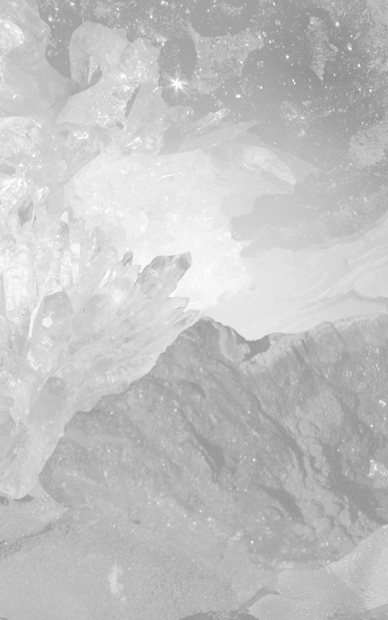
F OREWORD
My eyes already touch the sunny hill
going far ahead of the road I have begun.
So we are grasped by what we cannot grasp;
it has its inner life, even from a distance
and changes us, even if we do not reach it,
into something else, which, hardly sensing it,
we already are;
a gesture waves us on, answering our own wave
but what we feel is the wind in our faces.
Rainer Maria Rilke, A Walk
What you hold in your hands is the outline for a new spiritual path. When we think of a spiritual path, it is important to recognize that all true spiritual paths and practices change us, and they do so in ways that the person one believes oneself to be cannot predict or understand. When we begin, we cannot imagine the new, continually evolving being that the spiritual journey will lead us to become. This is different from the ideas implicit in most other books on the spiritual qualities of stones, and in the sorts of work with stones that those books recommend. They tend to present a kind of recipe catalog, with the outcomes more or less assured. What Robert Sardello offers here is quite different. He invites the reader to shed his or her conditioning and enter unknown modes of perception, feeling, and spiritual activity, and to track this metamorphosis with a careful attention that is in itself a kind of transformation.
We are used to the familiar patterns of question and answer, desire and satisfaction. Those drawn to spiritual exploration with stones may for some length of time content themselves with these sorts of activities, where everything is more or less known beforehand. However, sooner or later we notice that something is missing, and we long for it without knowing what it is. In this book, you will find not an answer, but a beckoning, and if you follow it, you will learn that you have to exert yourself, just as you would in undertaking a journey in the outer world. In the course of the Stone Path, you will likely encounter difficulty and frustration, as well as wonder and love. Most certainly you will enter unknown territories, and you will encounter things utterly familiarthe stonesin ways that reveal how little about their spiritual nature was actually known.
In Steps on the Stone Path, one moves in a way that is rather like the person described in Rilkes poem above. In suggesting that we re-envision the stones as spiritual beings with whom we can relate, Sardello gives us a glimpse of where we are going. We see ahead into a new world where everything is spiritually aliveour eyes already touch the sunny hill, though we have barely begun the journey. In following Sardellos line of thought, and in opening to the mysterious potential of meeting the stone beings as they are, rather than as our projections, we can feel a shift deep down, below the everyday ego and its habits. As in the poem, we are grasped by what we cannot grasp. In reimagining the stones, we sense the vibrating inner life of the Earth herself, and we are changed. This change is indeed into what we already are, since what is happening is an awakening to ourselves and the stones on the levels of soul and spirit. This is necessarily at the same time a constant activity of attentive awareness and participation in the unknown. Soul and spirit are larger than our everyday selves, and we cannot corral them into predictable parameters.
Here is where Sardello takes exception to most of the writings about the spiritual properties of stones, which tend to quickly translate the inner experience of a stones interaction with ones body and consciousness into familiar human concepts. Many authors have tended to take, for example, an incident of meditation in which the stone currents entered our hearts and kindled a delightful feeling, translating that into the promise that, Rose Quartz can bring you love. Or we may feel something that gives rise to an image, which we change into a concept such as, Cinnabar is a stone of abundance. Sardello has used many such statements to illustrate how the habits of egocentric conceptualization can cause us to whiz past the living mysteries of the Stone Beings. Our most common jump is the one we make to what a stone can be used for. Implicit in this is the idea that using a stone is what we ought to do. Nowadays I make the analogy that it is also possible to view other people in terms of how we can use them, but we all know that in doing so we miss most of what a real relationship might offerin both directions.





